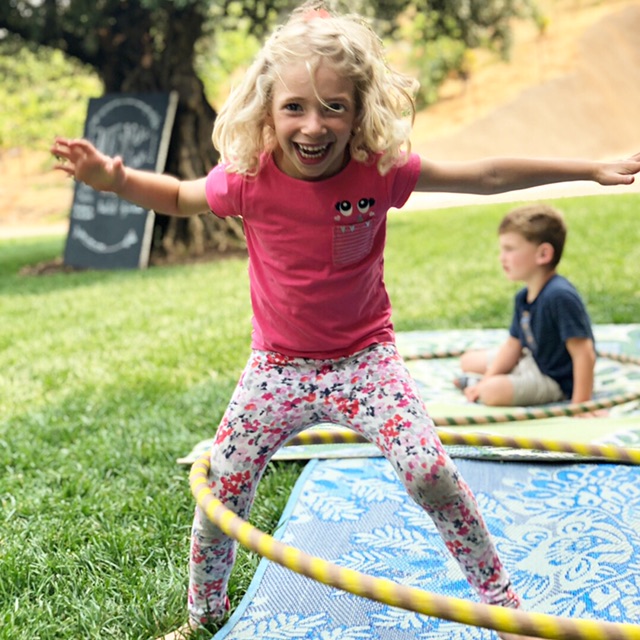 My five-year-old daughter enjoys directing playtime for herself and her three-year-old brother. My son is usually happy to go along with whatever grand scenario she sets up, but they don’t always agree on how to play. My daughter does not like her authority as Supreme Leader of All Playtime to be challenged, so when things go south, they go down fast.
My five-year-old daughter enjoys directing playtime for herself and her three-year-old brother. My son is usually happy to go along with whatever grand scenario she sets up, but they don’t always agree on how to play. My daughter does not like her authority as Supreme Leader of All Playtime to be challenged, so when things go south, they go down fast.
One day, as I listened in on their increasingly heated debate over something to do with Paw Patrol and whether they were doing a sea or air rescue, I thought back to high school drama club and the rules of improvisational theater. Nothing kills a scene faster than the word, “No.” Scene partners always accept whatever premise the other actor has established and they add on to it. It’s the “Yes, and” rule. Tina Fey even talks about the power of it in her book Bossy Pants. I decided to see if the same idea could help my kids play better together. After all, what is imaginative play if not a giant improvisation?
I told my kids that they’d have more time to play together if they went along with each other’s ideas instead of stopping to lobby for their own way of doing things. Then I demonstrated with them so they could feel the difference for themselves.
The Buzz Kill of Play
Me: Paw Patrol, help! Mayor Goodway’s hot air balloon is floating away!
Daughter: Sky to the rescue!
Me: No, Marshall can reach her with his ladder.
Womp, wah. That’s no fun at all.
The “Yes, and” Way
Me: Paw Patrol, help! Mayor Goodway’s hot air balloon is floating away!
Daughter: Sky to the rescue!
Me: Yes, AND Marshall will follow them in his firetruck!
Daughter: The balloon is floating away too fast!
Me: We need Chase to help get it down!
And so on and so forth.
When they’re grooving in their play time, they do this naturally, but it really helped for me to point it out and name it. Now, when they fall back to old habits, I remind them to try “Yes, and.” Sometimes they do, sometimes they choose to take a break from playing together, and sometimes they just seem to want to fight (sigh), but, by and large, learning the skills to really listen to each other, accept what the other wants, and figure out how to incorporate their own desires into the mix should serve them well in life.
And when they get to middle school, I’ll advise them to shelve the “Yes, and” approach and replace it with, “Uh, guys, I don’t think that’s a good idea.”






















